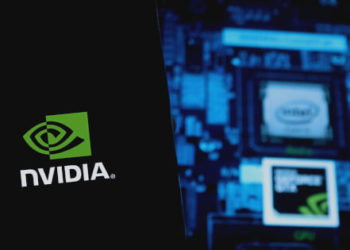As of recent data from Dune Analytics, the Bitcoin Ordinals Protocol has seen a total of 30,329,662 inscriptions, with an accumulated fee of ₿1,998.1707 (Bitcoin), equivalent to approximately $51,681,834 USD. These inscriptions, known as “Bitcoin-native Digital Artifacts,” allow users to embed data directly into the Bitcoin Blockchain.
Introduced in January 2023 by programmer and artist Casey Rodarmor, Bitcoin Ordinals, or digital artifacts, offer a unique way to inscribe digital content on the Bitcoin blockchain. Drawing parallels to non-fungible tokens (NFTs) on platforms like Ethereum, Ordinals transform individual satoshis (the smallest unit of Bitcoin) into NFTs. This transformation is based on ordinal theory, which assigns individual identities to satoshis, enabling them to be tracked, transferred, and endowed with significance.
The Ordinals protocol, at its core, assigns a unique number to each satoshi based on its mining chronology. The identification and tracking mechanism, known as “Ordinals,” relies on the chronological sequence of creation and transactions. Each satoshi, once identified by the Ordinals protocol, can be inscribed with arbitrary data, turning it into a distinct digital artifact. This capability to write arbitrary data into a satoshi became feasible following the SegWit (2017) and Taproot (2021) upgrades to Bitcoin Core.
The trading landscape for Bitcoin Ordinals is still nascent. Most trades are conducted over-the-counter, but tools like the Ordinals Wallet, Hiro, and Xverse have emerged to facilitate the buying and selling of these digital artifacts. Notably, the Ordinals Wallet, launched on February 16, 2023, offers a comprehensive solution for users to manage, transfer, and trade Ordinals. Similarly, the Hiro Wallet, introduced on February 14, 2023, is compatible with popular Ordinals platforms such as Gamma and OrdinalsBot.
In comparison to traditional NFTs, Ordinals stand out due to their technical design. While Ethereum’s ERC-721 standard, used for NFT creation, typically holds metadata or a pointer to the art off-chain, Bitcoin Ordinals store content or art directly on-chain. This distinction in storage methodology underscores the uniqueness of Ordinals in the digital asset space.
The future trajectory of Bitcoin Ordinals appears promising. Beyond porting Ethereum NFT collections to Bitcoin, innovative projects are emerging that are intrinsically linked to these digital artifacts. As the demand from users and enthusiasts grows, the ecosystem is expected to evolve, offering more refined and user-centric solutions.
In a recent development, the Ordinals Protocol has introduced “Recursive Inscriptions,” a minor upgrade that could enhance composability and introduce an element of randomness to inscriptions. This upgrade has already seen a total of 149,610 recursive inscriptions.
In conclusion, Bitcoin Ordinals represent a pioneering step in the world of digital assets, merging the robustness of the Bitcoin blockchain with the versatility of NFTs. As the technology matures, it will be intriguing to witness the myriad ways in which it reshapes the digital landscape.
Image source: Shutterstock
Credit: Source link












































